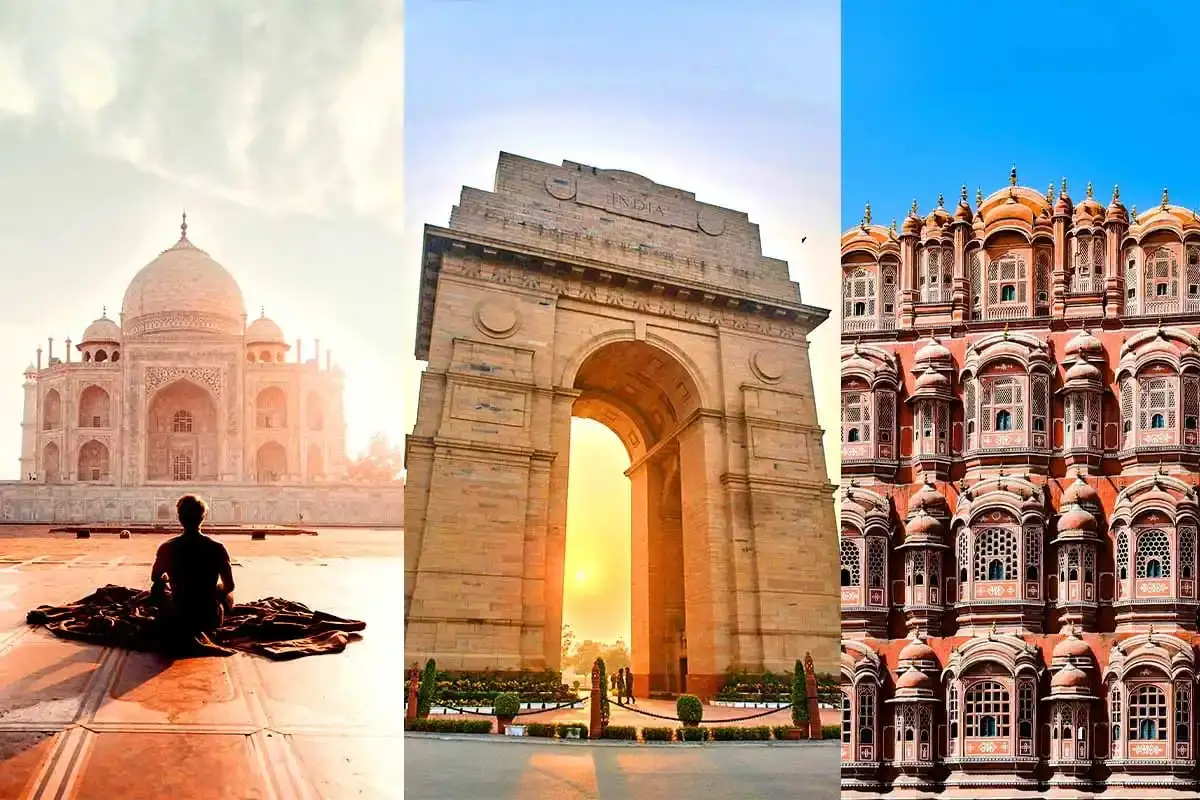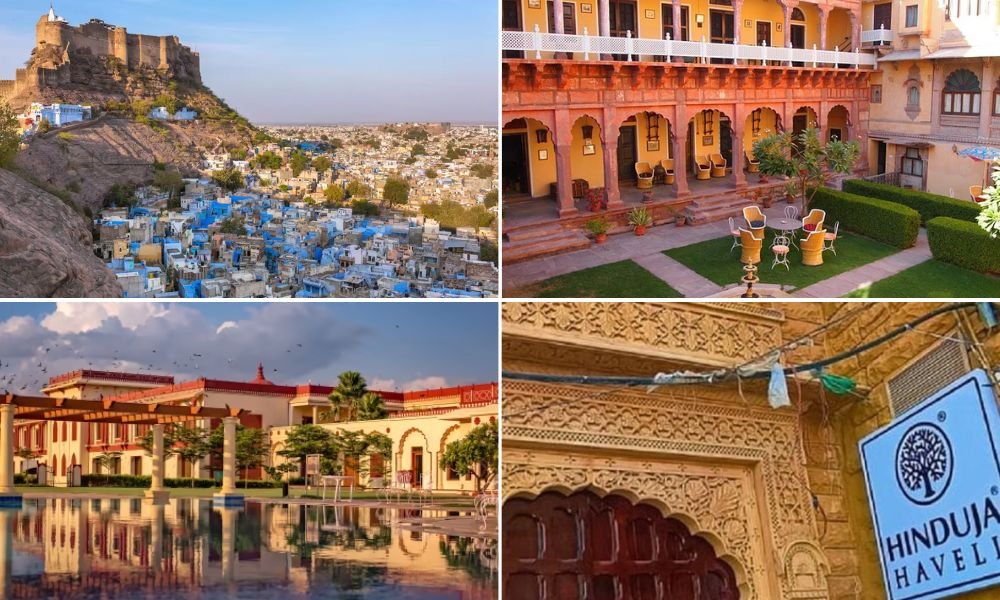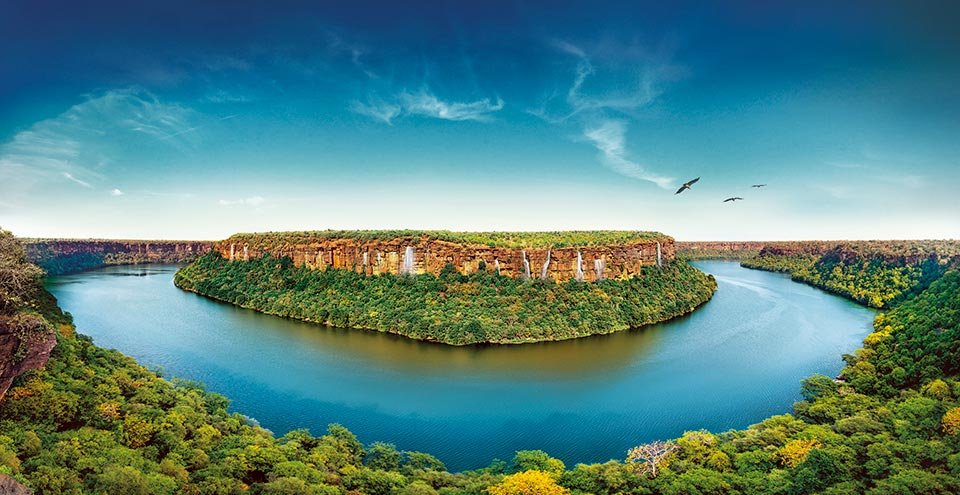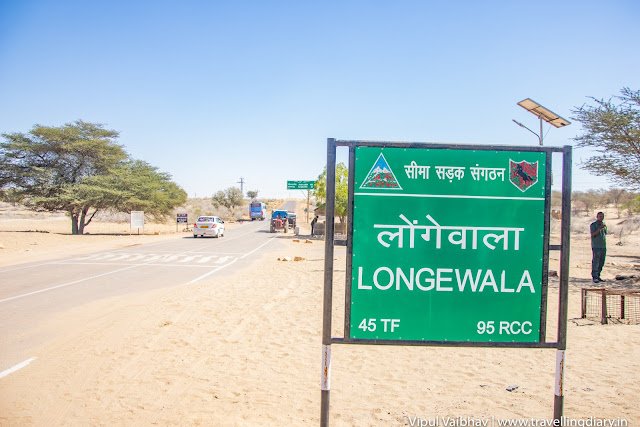India’s Golden Triangle represents one of the most iconic travel circuits in South Asia, connecting the capital city of Delhi with the heritage-rich cities of Agra and Jaipur. This route forms a triangle on the map, hence its name, and is known for showcasing the cultural, architectural, and historical richness of North India. In this comprehensive 2025 travel guide, we break down what to expect from each destination, essential travel tips, and how to enhance your itinerary with enriching experiences.
Understanding the Route: Delhi, Agra, and Jaipur
The Golden Triangle Tour begins in Delhi, a city that seamlessly blends ancient heritage with contemporary lifestyle. As the political capital of India, Delhi offers a glimpse into the country’s diverse past through sites like the Red Fort, Humayun’s Tomb, and Qutub Minar. The chaotic yet charming Old Delhi with its narrow lanes and street food is a must for cultural immersion.
The next leg of the triangle is Agra, home to the Taj Mahal — a UNESCO World Heritage Site and a global symbol of love. Besides the Taj Mahal, Agra also offers the Agra Fort and Mehtab Bagh, each echoing the grandeur of Mughal architecture.
Completing the triangle is Jaipur, often referred to as the Pink City. Jaipur’s Amer Fort, City Palace, and Hawa Mahal reflect the opulence of Rajput royalty. Its vibrant markets and traditional Rajasthani cuisine make it a sensory-rich destination.
Golden Triangle Tour packages generally follow this classic route, offering a well-rounded perspective on India’s past and present.
Ideal Duration and Best Time to Visit
The most recommended duration for exploring the Golden Triangle is 6 to 7 days. This allows sufficient time to explore each city without rushing. While weekend tours are available, they often skip deeper cultural experiences.
The best time to embark on this journey is between October and March, when the weather is pleasant and suitable for sightseeing. Summers in North India can be extremely hot, while the monsoon season (July–September) may disrupt travel plans due to rainfall and humidity.
Travelers visiting in 2025 are advised to check festival calendars, as events like Diwali (October–November) or the Jaipur Literature Festival (January) can enhance the overall experience.
Transportation and Connectivity
Delhi serves as the main entry point, offering international and domestic airport connectivity. From there, the triangle can be covered by road, rail, or even short domestic flights. Most travelers opt for private vehicles or guided tours for comfort and flexibility.
The distance between Delhi and Agra is around 230 km and can be covered in 3–4 hours via the Yamuna Expressway. Agra to Jaipur spans 240 km, and Jaipur to Delhi is around 270 km. Well-developed highways make road trips smooth and scenic.
For those interested in trains, the Gatimaan Express from Delhi to Agra offers a high-speed alternative.
Historical Significance of Each City
Delhi has been the seat of power for several empires, from the Delhi Sultanate to the Mughals, and now modern India. Its monuments like Jama Masjid and India Gate reflect both ancient craftsmanship and national pride.
Agra gained prominence under the Mughal Empire, particularly during the reign of Shah Jahan. The city showcases an array of monuments constructed using red sandstone and white marble, symbolizing the zenith of Mughal artistry.
Jaipur, founded by Maharaja Sawai Jai Singh II in 1727, was India’s first planned city. It was designed with Vedic architecture principles and remains a model of symmetry and order. The city also represents the legacy of Rajput valor and artistic excellence.
Cultural Insights and Experiences
Traveling the Golden Triangle is not just about sightseeing — it’s about absorbing the rhythm of Indian life. In Delhi, take a cycle rickshaw ride through Chandni Chowk, sample street foods like chole bhature and jalebi, or explore art galleries in Lodhi Colony.
In Agra, visiting a marble inlay workshop reveals how artisans recreate the Taj Mahal’s intricate patterns. Try the local sweet, petha, or witness the Taj Mahal at sunrise for a breathtaking view.
Jaipur offers hands-on experiences like block printing workshops, turban-tying demos, and traditional dance performances. Don’t miss a meal at a heritage haveli or rooftop restaurant overlooking Nahargarh Fort.
Add-On Option: Golden Triangle Tour With Ranthambore
For wildlife enthusiasts, extending your itinerary to include Ranthambore is a rewarding option. Located between Agra and Jaipur, Ranthambore National Park is one of India’s top tiger reserves. It offers safari experiences where visitors might spot Bengal tigers, leopards, and a variety of bird species.
A Golden Triangle Tour With Ranthambore allows travelers to blend cultural exploration with natural adventure. The park also features the historic Ranthambore Fort, now a UNESCO World Heritage Site under the Hill Forts of Rajasthan category.
Practical Tips for 2025 Travelers
- Visa & Entry: Ensure your e-Visa is valid before travel. Most countries are eligible for India’s e-Tourist Visa scheme.
- Health: Stay hydrated and carry basic medicines. In 2025, COVID-19 protocols have mostly eased, but it’s wise to carry sanitizers and masks.
- Currency & Payments: While digital payments are widely accepted, it’s good to keep some cash, especially in local markets or rural areas.
- Language: English is spoken in tourist zones. Learning a few Hindi phrases can enrich your interactions.
- Cultural Etiquette: Dress modestly, remove shoes before entering religious sites, and always ask before photographing people.
Conclusion: Is the Golden Triangle Right for You?
The Golden Triangle is ideal for first-time visitors to India due to its balanced representation of history, culture, and modern lifestyle. Whether you’re interested in Mughal monuments, royal palaces, local crafts, or culinary discoveries, this route delivers a concentrated experience of Indian diversity.
By preparing well, traveling responsibly, and engaging with local customs, you can make the most of this unforgettable journey through Delhi, Agra, and Jaipur in 2025.




